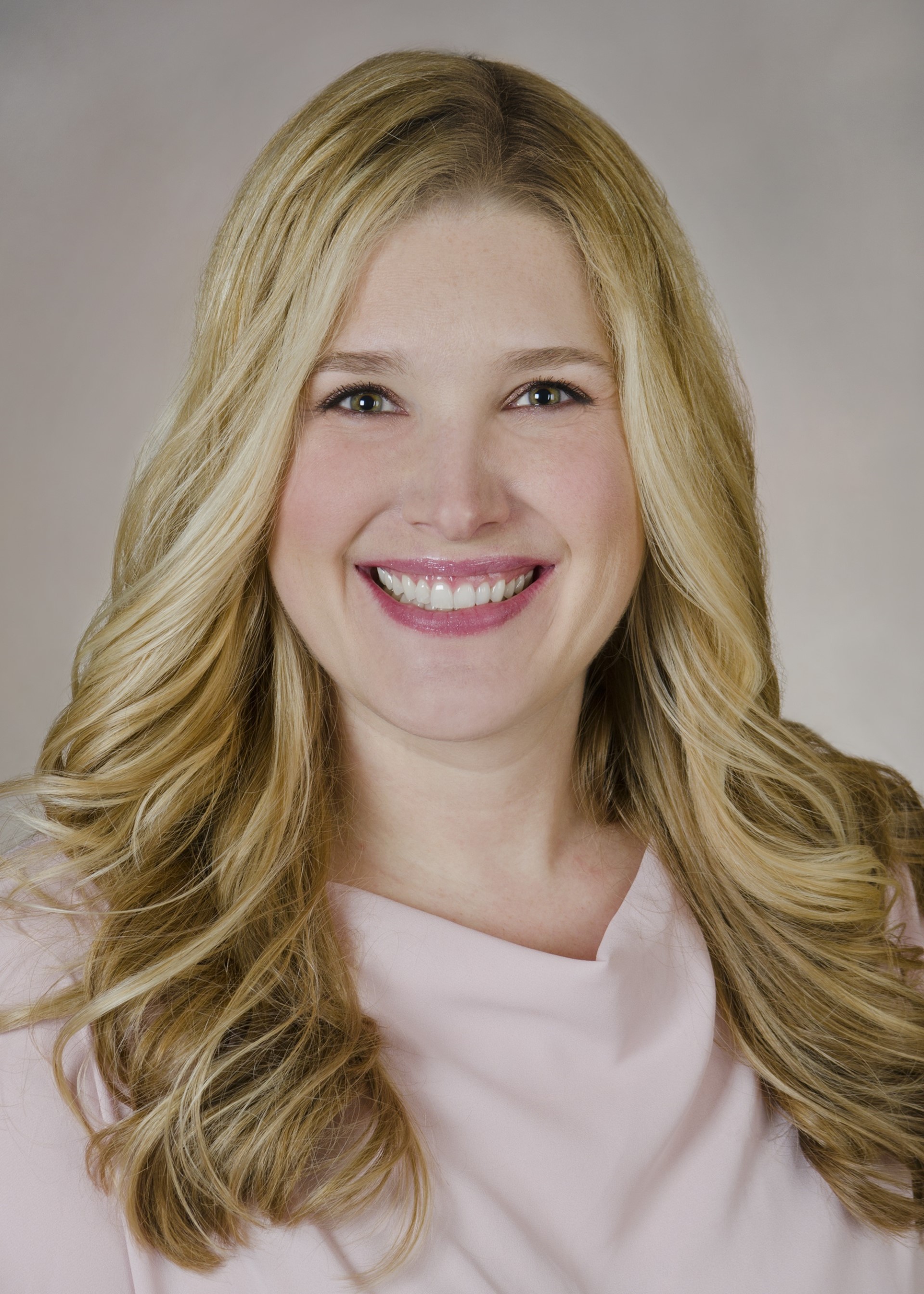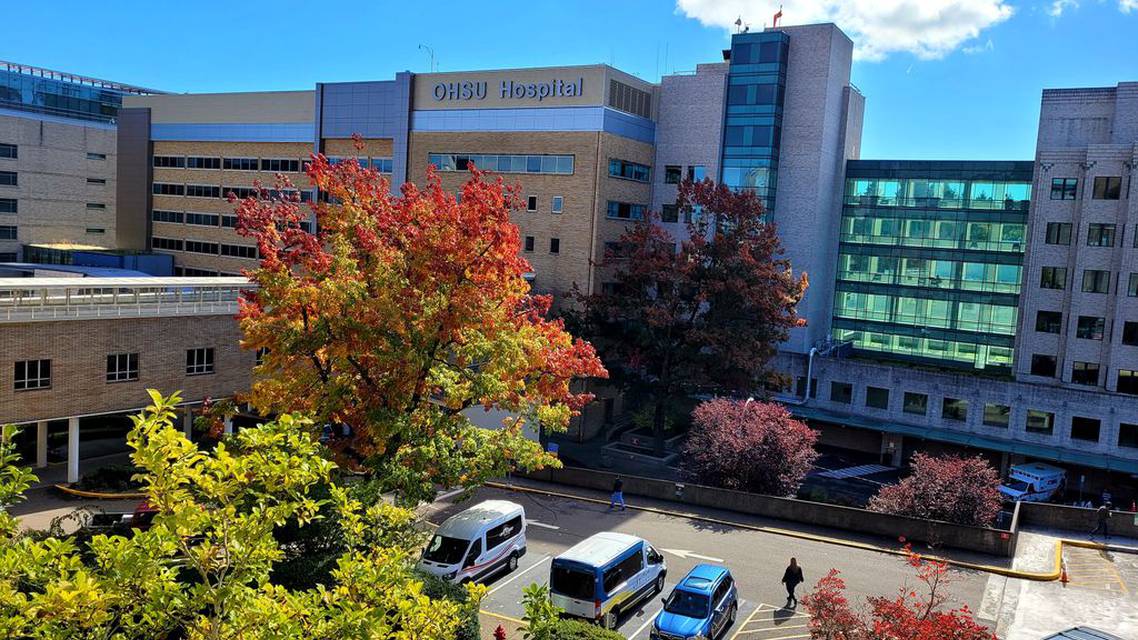Kim B. Sanders, PA-C, is a physician assistant (PA) practicing in Portland, at Oregon Health & Science University (OHSU), where she is an Associate Professor and Medical Director for the Department of Dermatology.1 While earning her master’s degree in PA studies at OHSU, she completed two elective rotations in dermatology. After graduating PA school, Ms. Sanders worked in a private dermatology practice for two years before joining OHSU faculty in 2008. Among other accomplishments, she has been voted President of the Oregon Society of Dermatology Associates every consecutive year since 2007. In 2023 she was named Dermatology PA of the Year by the Society of Dermatology PAs, a national organization with more than 4,700 members. In this interview, we talk with Ms. Sanders about her journey to becoming a successful medical director.
Peter Young, PA-C: Let’s start with the obvious. I’ve never heard of a PA serving as medical director for a major academic institution. How did this happen?
Kim B. Sanders, PA-C: It’s not traditional to have an advanced practice provider (APP) in this role as medical director, and there was some apprehension in the beginning. For me, it was an organic evolution. When I first started at OHSU, my supervising physician was the medical director, and we had a great partnership. If he went on vacation, he would explain tasks he needed covered, and I would do those. When he retired from OHSU, no one took over that title, but I was filling the role because I had the experience and the passion to continue the work.
I had served as our nursing supervisor, and really enjoyed the administrative aspects of helping to run a department. After seven years of performing all the job duties of Medical Director, I went to my department chair and said, “Whenever someone in a meeting asks for the Medical Director, I reply ‘we don’t technically have one, but I’m doing the job.’ Can I have this title?” My department chair agreed and officially appointed me to the role two years ago.1
Now, key leaders at OHSU know me on a personal level, and they understand. I was interested in the work, I did well at it, and the faculty have all been very supportive. One unique thing about OHSU is that PAs and nurse practitioners are considered faculty and have a tenure track. I was recently promoted to Associate Professor.
I’m also part of an informal national society of Medical Directors from across the country (Dermatology Clinical Leadership Operations Group), and they’re all physicians. It’s interesting to hear at these meetings, that many institutions seem to treat their APPs like staff, rather than true academic colleagues. I think this trend is a huge missed opportunity. You certainly don’t need an MD degree to do what I’m doing as medical director; you just need a passionate desire to put in the work. Physicians and APPs are all smart; we all made it through graduate school. It’s a missed opportunity not to consider your APPs faculty, and not tap into everything they have to offer. As PAs we are an integral part of the healthcare team. Our dermatology APP faculty teach, research, publish, and are heavily involved with local, regional, and national committees and societies. I aim to foster the idea that, while we are not physicians, we are a valuable asset to academic practice and contribute significantly to scholarship, teaching, and service much like our physician colleagues.

What are your relationships like with the dermatology resident physicians?
Our residents are really great. Many of them lecture at the annual Oregon Society of Dermatology Associates (OSDA) meeting, which I have been organizing since 2008. The residents will also invite me to give lectures as part of their formal didactic training. Our physician faculty do all clinical precepting and supervision for the residents.
Another unique thing about OHSU is, PA students and medical students have classes together, like anatomy and physiology. Our medical students and PA students have a ton of exposure to each other while earning their degrees. Some of our dermatology residents come from schools where PAs are not taught alongside physicians, and they are initially a little unsure about our APP faculty. But they’re all lovely and wonderful, and everyone gets used to it pretty quickly.
What early-career events had the greatest impact on your overall trajectory?
Straight out of PA school, I found a very knowledgeable dermatologist who was really willing to put in the time to train me well clinically— this caused huge rippling effects for years down the road. The structure we set up during my first year was great: for my first six months, he basically trained and supervised me like he would a resident. During my second six months, I staffed all my new patients. It was a high-volume private practice, which was perfect because I saw and learned so much.
After a couple years of providing a high-volume of patient care in private practice, I became more interested in teaching students and running the OSDA. I also felt like there weren’t enough Derm PAs in Oregon and wanted to see the number grow. I thought if the university hired a Derm PA, it would be noticed by dermatologists in the community, and might encourage them to do the same. I had some contacts at OHSU who had presented at OSDA events and precepted me during rotations. I basically put the pressure on them, saying “You need to hire a PA!” In 2008 OHSU’s dermatology department hired me as their first PA.2
This change of environment from private practice to an academic setting gave me so many new opportunities: being a clinical preceptor, lecturing for the PA students, and entering new leadership roles. There was more encouragement and acknowledgement to run the OSDA. Being at OHSU gave me a more effective platform to become a leader, and advocate for what dermatology PAs can do for Oregon.
What projects are you currently working on, that you are most excited about?
We’ve started a postgraduate dermatology fellowship for APPs at OHSU, which I’ve been planning since 2017. It’s been a very long process which has involved navigating a lot of logistical and administrative challenges. I have two other APPs working with me on this, who have primarily worked on the curriculum, while I’ve focused more on interfacing with administration. We’ve completed the final approval with our Education Council, and our first cohort just began in July of 2024. In Oregon specifically, there are not many dermatologists willing to hire APPs without dermatology experience, so new graduates here don’t have many options. This fellowship will become an opportunity for new graduate APPs to get high-quality dermatology training and encourage more dermatologists to hire APPs without as much concern about their training.
There are also other departments at OHSU considering starting similar fellowship programs for APPs, who need us to go first as a proof of concept. We’re hoping that once our first cohort graduates, the dermatology APP fellowship can become a template that supports streamlining the development of other specialty fellowships at OHSU.
The author reports no relevant financial disclosures.
Author Info
Peter Young, PA-C
Instructional Faculty, Department of PA Education
Stanford University School of Medicine
Stanford, CA
References
- Oregon Health Sciences University. Dermatology Faculty. Published 2023. https://www.ohsu.edu/dermatology/our-faculty Accessed June 28, 2024.
- Oregon Health Sciences University. Dermatology History: Contemporary Leaders Navigate Into 21st Century. Published April, 2019. https://www.ohsu.edu/sites/default/files/2019-04/DermHistory04_21st-Century.pdf Accessed June 28, 2024.
Ready to Claim Your Credits?
You have attempts to pass this post-test. Take your time and review carefully before submitting.
Good luck!






